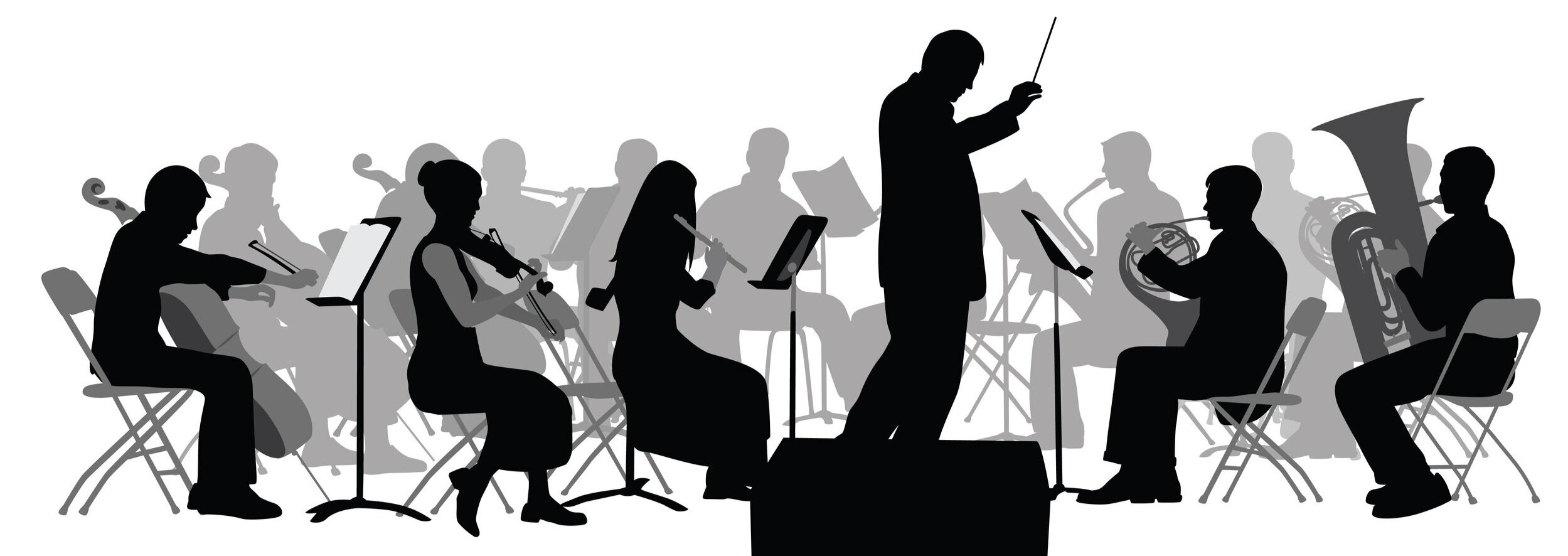Emotions signal our motivations, which underlie every moment in our daily lives. Emotions signal motivations, creating momentum or a “pull” towards an action in a given moment to survive and protect ourselves (i.e., security) when necessary and to thrive and advance ourselves (i.e., reward) when possible. Recall that reactive responses, like worry, rumination, and avoidance, block us from receiving the “clear” emotional signals and the motivational message our experience is providing to us—like hearing that alarm blaring but not knowing where the alarm is coming from or what problem it is signaling. The net effect of not hearing the motivational message clearly is that we may choose to act in a less effective way. There are two overarching core motivations that reflect and influence what is important to us and what we set out to do in our lives: security and reward.
When we feel an emotion, it signals to us that one or both of these motivations are important to the situation or concern. Despite pulling us strongly, motivations are not destiny; they are not set in stone. If we see a plate of cookies, then get excited and notice we have a strong desire for a cookie, we do not automatically eat the cookie just because it is there.
Sometimes we hold back from taking actions that would bring us gratification us because there is risk. Other times we set aside the sense of risk and danger because the potential payoff is worth the risk. We quit that “secure and boring job” to find a new, more exciting one; however, finding a new job involves interviews, possible rejection, learning new skills, and meeting new people. Knowing what motivations are being conveyed by emotions is easier when the emotions we experience are more harmonious. But, it gets more difficult when some of our emotions are more intense, as they can overshadow other emotions and corresponding motivations.

One way to illustrate the relationship between the many emotions we might feel in a moment and the underlying motivational pulls of security and reward might be to think of a musical orchestra.
An orchestra is made up of different instruments, each playing its own part, but when those parts are put together, they make up the whole composition. If we listen carefully, we can hear what each instrument is playing. Likewise, when we pay attention to our emotions, we can notice which ones are present in a particular situation and what information each one is contributing.
To see past singularly loud or disharmonious emotions, we need to listen carefully to all the various emotions and underlying motivations that arise so that we can get a better sense of the information they are conveying.
Finding the optimal balance between security and reward motivations is a problem that all humans face. When we can hear and consider the pulls of both security and reward motivations, we make better choices. In any given moment, we may feel different motivational pulls from security, reward, both, or sometime neither; in the moment, it may even feel like a tug-of-war. In some instances, reward motivations may provide beneficial opportunities (e.g., getting ahead, joy, broadening of possibilities) but may also come with costs (e.g., risk, possible failure or rejection, physical harm). Other times, following the pull of security may provide some benefits (e.g., being careful can provide time to reflect, protection from actual harm) but also result in a number of costs (e.g., missed opportunities, worry, diminished life enjoyment).
The first step in developing a balanced approach to motivational pulls is seeing that there is not a one-size-fits-all balance for every situation. An important part of ERT is to develop your awareness of the push-pull of motivations in the moment, so that you can choose the most effective response for you. To help with this, we have asked you to write down your security and reward pulls in difficult moments that arise between sessions. See if you can see the ways you are feeling pulled to protect yourself, approach things, or both and how these feelings may lead you to feel worried, ruminative, self-critical, along with other problematic reactions like drinking, drug use, smoking, or eating poorly.
Being counteractive involves making a different choice when faced with strong motivational pulls to security, a lack of pull to reward, a sense of loss, or feeling distressed when one is pulled strongly by both security concerns and reward interests. Being Counteractive involves increasing awareness of moments when strong emotional reactions occur and the manner in which this cascades—like the snowball—leading to action or inaction. This goal is accomplished through understanding and monitoring the antecedents and consequences of negative self-talk, reflected in how we then enact or are unable to enact our thoughts and behaviors, all with purpose of gaining clarity and agency in taking actions that are most effective in a given situation. The Catch Yourself Reacting exercise is meant to help us do this in difficult moments. Simply put, Being Counteractive helps us approach situations as emotions are unfolding in a different, more adaptive, way.